Should you buy an 8K TV in 2021?
Everything you need to know about 8K TVs
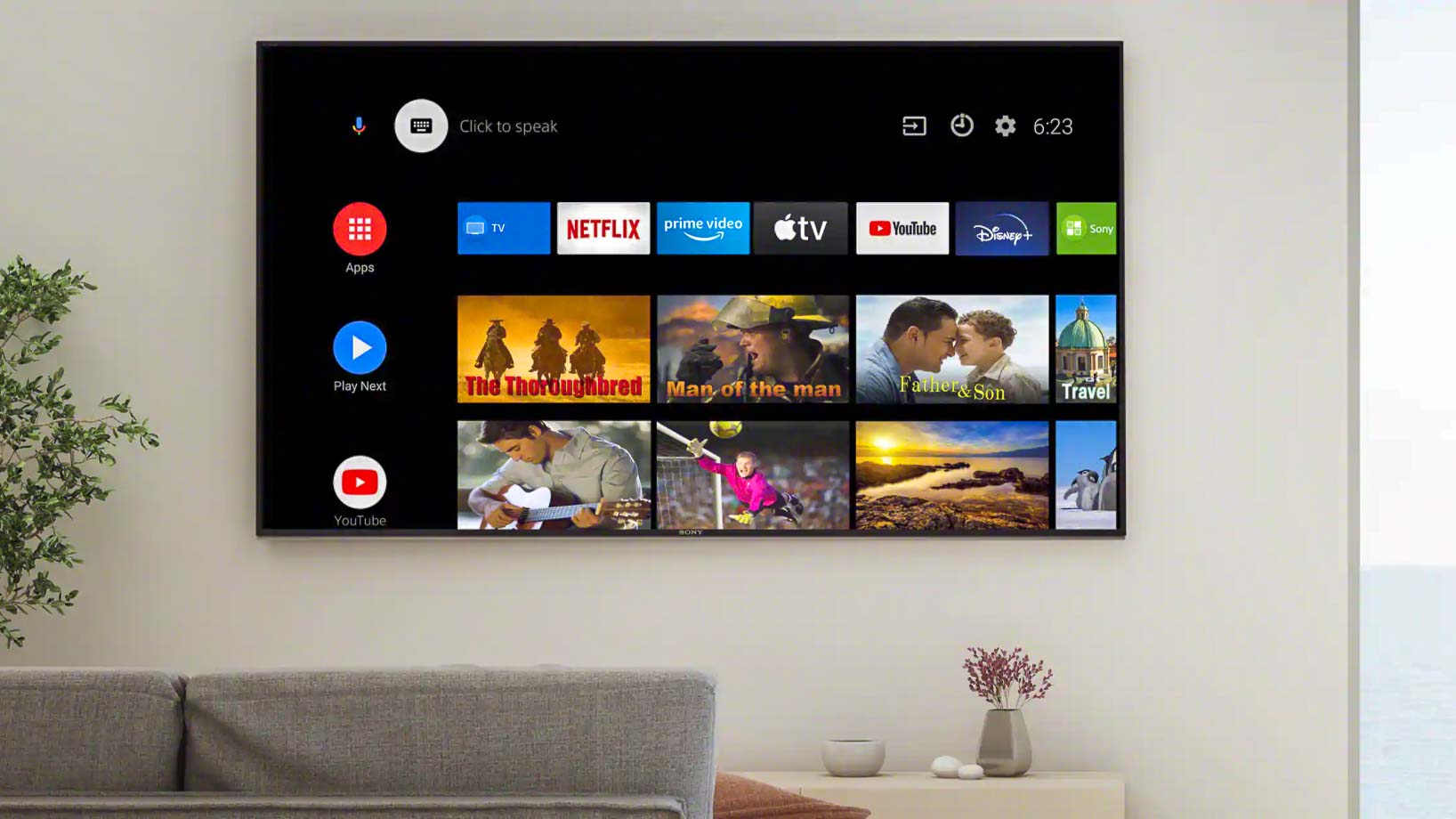
Prices are lower than ever before, and 8K TV has never been better than it is right now, with great smart capabilities and awesome features to match the superb 8K resolution. Prices on current 8K TVs have come down hundreds and even thousands of dollars, and the newest crop of 8K smart TVs is set to launch in the coming weeks, making sales prices on current models the best they've been all year.
If you've paid even a passing interest to 8K technology and the growth of 8K TVs in the market, you're probably asking yourself "Is this the time to buy an 8K TV?"
Honestly, probably not. But it's a better buy now than it's ever been, with more options and better prices from major manufacturers, and TVs that will actually fit in your living room.
Let's look at why 8K TVs are still hard for us to recommend, and why now is the best time to buy one if you've still got your heart set on an 8K model.
What is an 8K TV?
If you're not the sort to follow news about TVs and display technology, then you might only just be hearing about 8K TVs and wondering what it actually is. The defining feature of an 8K TV is the resolution of the screen, with four times as many pixels as a 4K screen. Any additional features offered on an 8K TV, such as video processing, smart functions or premium audio support, are all secondary, and aren't exclusive to 8K TVs. It's all about resolution. So what does that mean?
Full HD TVs have a resolution of 1,920 x 1,080 pixels, hence the other common name for full HD, 1080p. This is the best resolution you'll see from broadcast TV and most satellite and cable TV services, and is the resolution offered by standard Blu-ray discs.
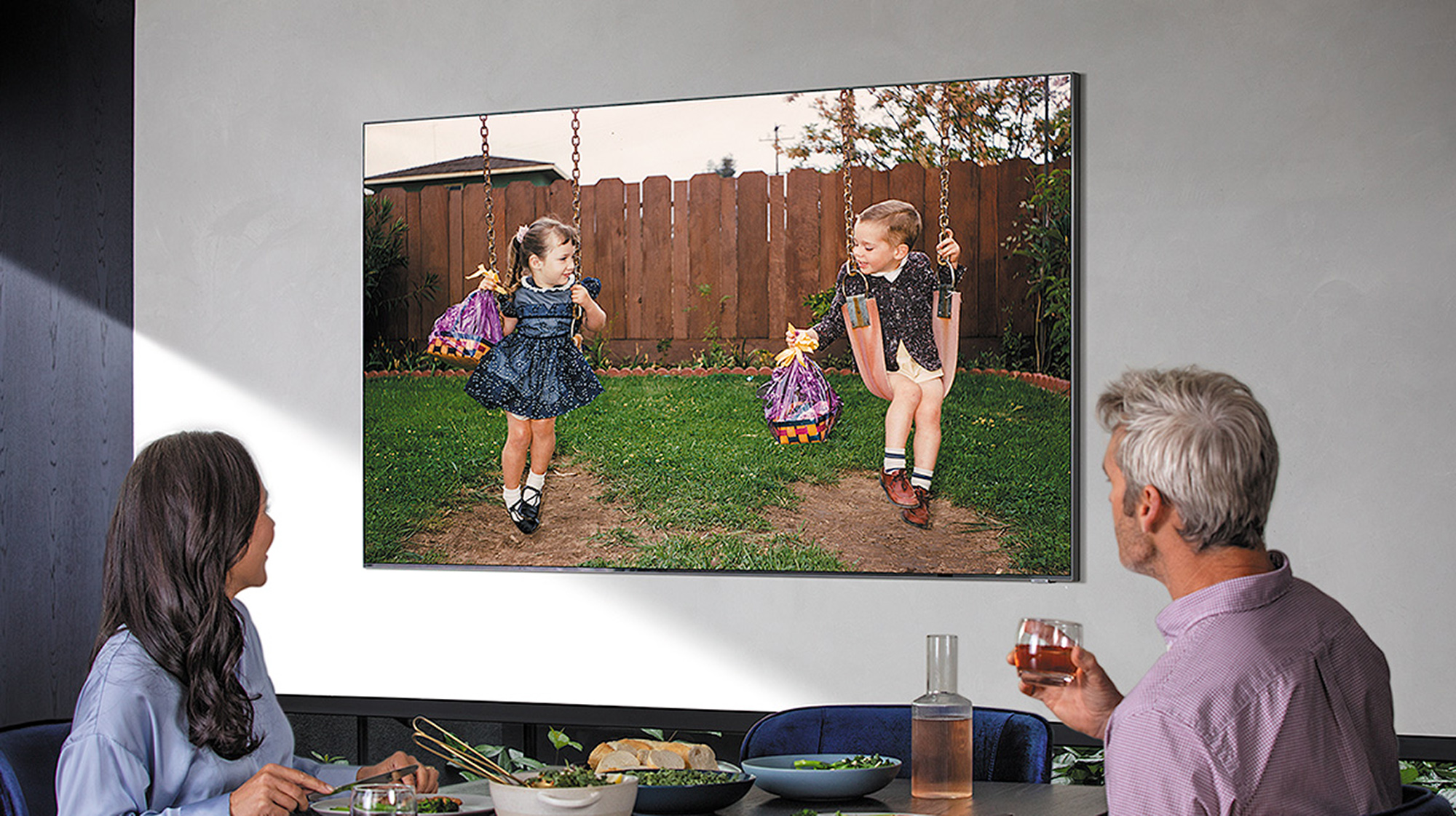
The next step up is 4K, also called ultra HD, which has a resolution of 3840 x 2160, and is effectively four full HD displays combined. The majority of new TVs have 4K resolution, as do the current top-of-the-line Blu-ray formats. You will see some 4K programming offered by cable and satellite providers, and there are 4K streaming options out there, from services like Netflix, YouTube, and others, but 4K is still considered the premium option for most TV viewing.
Sign up to get the BEST of Tom's Guide direct to your inbox.
Get instant access to breaking news, the hottest reviews, great deals and helpful tips.
Newer 8K displays quadruple that resolution, with 7,680 x 4,320 pixels, with the 8K name being a convenient shorthand for offering twice the horizontal pixel density of 4K. That's a total of 33,177,600 pixels - a dramatic step up from the roughly 2 million pixels that you'd see on a full HD picture.
Is 8K really better than 4K? Yes, but there are a couple of caveats. That higher resolution is genuinely impressive, but only when watching 8K material. Upscaled 4K material doesn't have quite the same impact.
The other issue is size. 8K TVs are among the largest screens you can buy today, and that makes sense, because the higher resolution makes the most difference on a larger screen. TVs smaller than 75 inches may not actually look better than comparable 4K sets because the size of the screen and the distance it's viewed from will leave viewers unable to see much of a difference. Is 4K better than 8K in these smaller sizes? It is if you're sitting the same distance from the TV.
Bottom Line: An 8K TV offers higher resolution than 4K TVs.
Are 8K TVs better than 4K TVs?
The larger question is, beside the higher resolution of the 8K screen, are 8K TVs better than 4K models in terms of features or smart capabilities? And that's a harder question to answer.
Manufacturers like LG and Samsung have gone out of their way to distinguish 8K models as the new standard for premium televisions, and one way that they have done this is to offer enhanced features.
Samsung, in particular, has loaded up its 8K sets with the best-of-the-best features offered on its TVs, from processing to audio capabilities. This is most clearly seen (or rather, heard) in Samsung's Object Tracking Sound Plus audio, which uses an array of speakers in the TV chassis to match the location of an object on screen to the perceived location of the audio.
But similar options are available on Samsung's top 4K QLED models, albeit without the added features of scene-by-scene audio positioning data. It's also extremely similar to Sony's Acoustic Surface Audio, which is available on it's high-end 4K TVs.
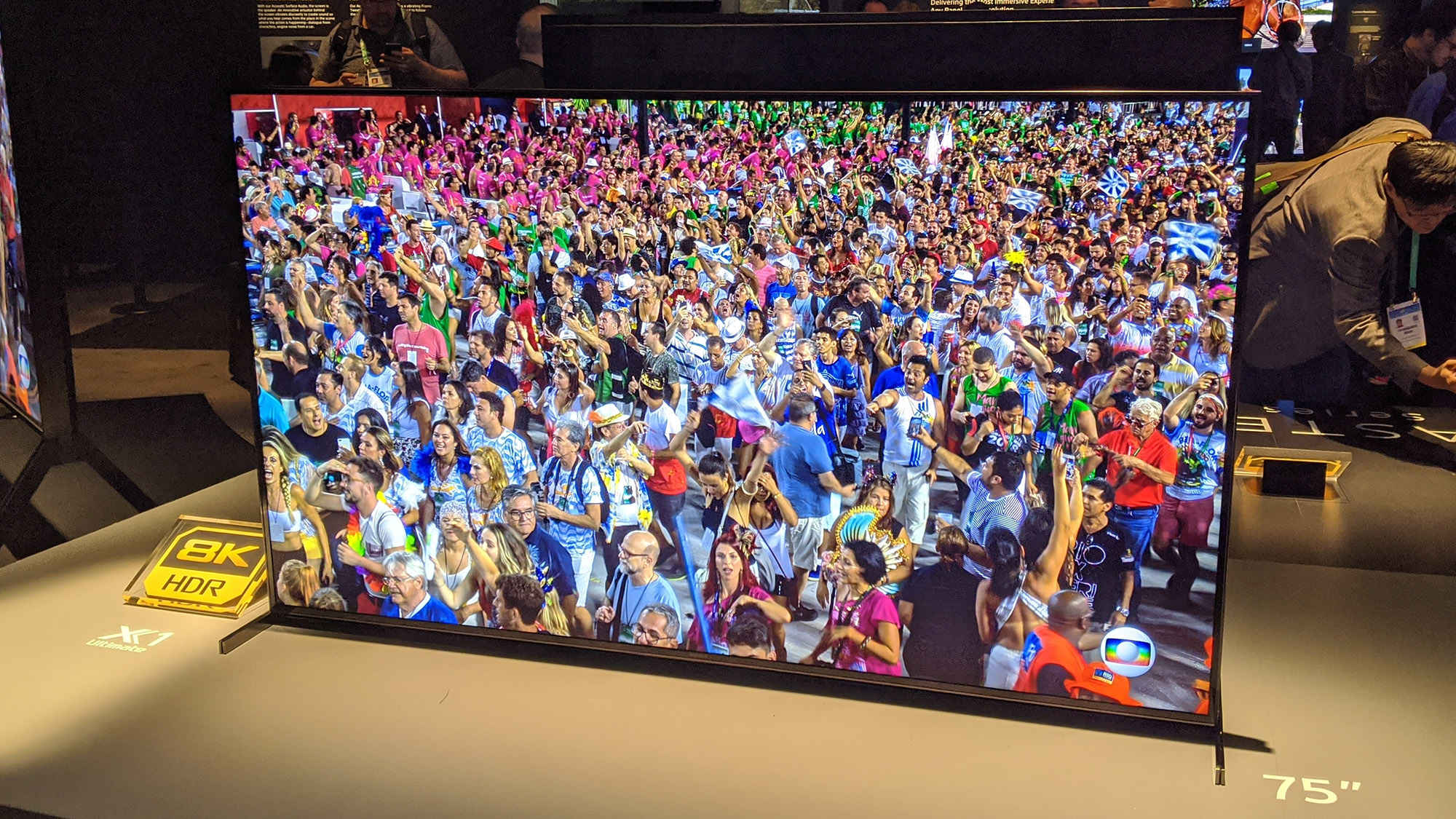
In terms of basic functionality, from viewing channels from antenna or cable to streaming through smart apps and services, the core smart TV functions remain unchanged. There's no real benefit to watching Netflix on an 8K TV, and the most useful features will all be found on the 4K TVs from the same manufacturers.
The other point of differentiation is in build quality. The 8K TVs that we've been able to use or see demonstrated generally offer the most premium construction of any TV on the market, from stylish metal chassis with ultra-narrow bezels to fancier remote controls.
But a TV is still a TV, and unless a manufacturer has started scaling back what's offered on top 4K sets, the differences between an 8K design and 4K design are fairly minimal.
Bottom Line: 8K TVs offer more bells and whistles, but the best 4K TVs match them in every way that matters.
8K TV price: How much does an 8K TV cost?
Because 8K presents a significant upgrade from the 4K resolution offered on the majority of TVs, even the most affordable 8K TVs are priced as premium products. Even the most affordable models sell for around $3,000, and prices can range as high as $59,999 for the largest 98-inch 8K TVs.
Right now, manufacturers and retailers are clearing out old stock to make room for the upcoming 2021 models, and that has brought prices down a bit, with the most cheapest 8K TVs being the 65-inch LG NanoCell 8K (65NANO99UNA) for $2,799 and the Samsung Samsung Q800T 8K QLED TV (QN65Q800TAFXZA) for $3,199.
75-inch models sell for between $4,000 and $4,500, with options from LG, Samsung and Sony. But in the 80 to 85-inch sizes, prices vary more, with the 82-inch Samsung Q800T 8K QLED TV (QN82Q800TAFXZA) selling for as little as $5,999 and up to $8,999 for the Sony Z8H 8K LED Smart TV (XBR-85Z8H).
8K OLED models are a different story, with LG's 8K OLED TVs selling for $19,999 or $29,999 for the 77 and 88-inch models, respectively.
And if you want the biggest 8K TVs, the 98-inch models from Samsung and Sony each sell for $59,999.
8K screen sizes: Is bigger better?
For a long time, 4K TVs could only be had in sizes up to 65 inches, and then 75 inches. 8K displays, however, start at 65 inches and go up from there. The reason for this is pixel density, literally how many pixels can be fit into a square inch of screen space.
Since 4K and 8K TVs are using the same technology to put the millions of pixels onto a display, the difference between 4K's 8.3 million pixels and 8K's 33 million pixels has to be solved with a larger surface area. In fact, the pixel density between a 55-inch 4K TV and a 110-inch 8K display is identical, because an 8K panel is essentially four tiled 4K screens stitched together on a single piece of glass.
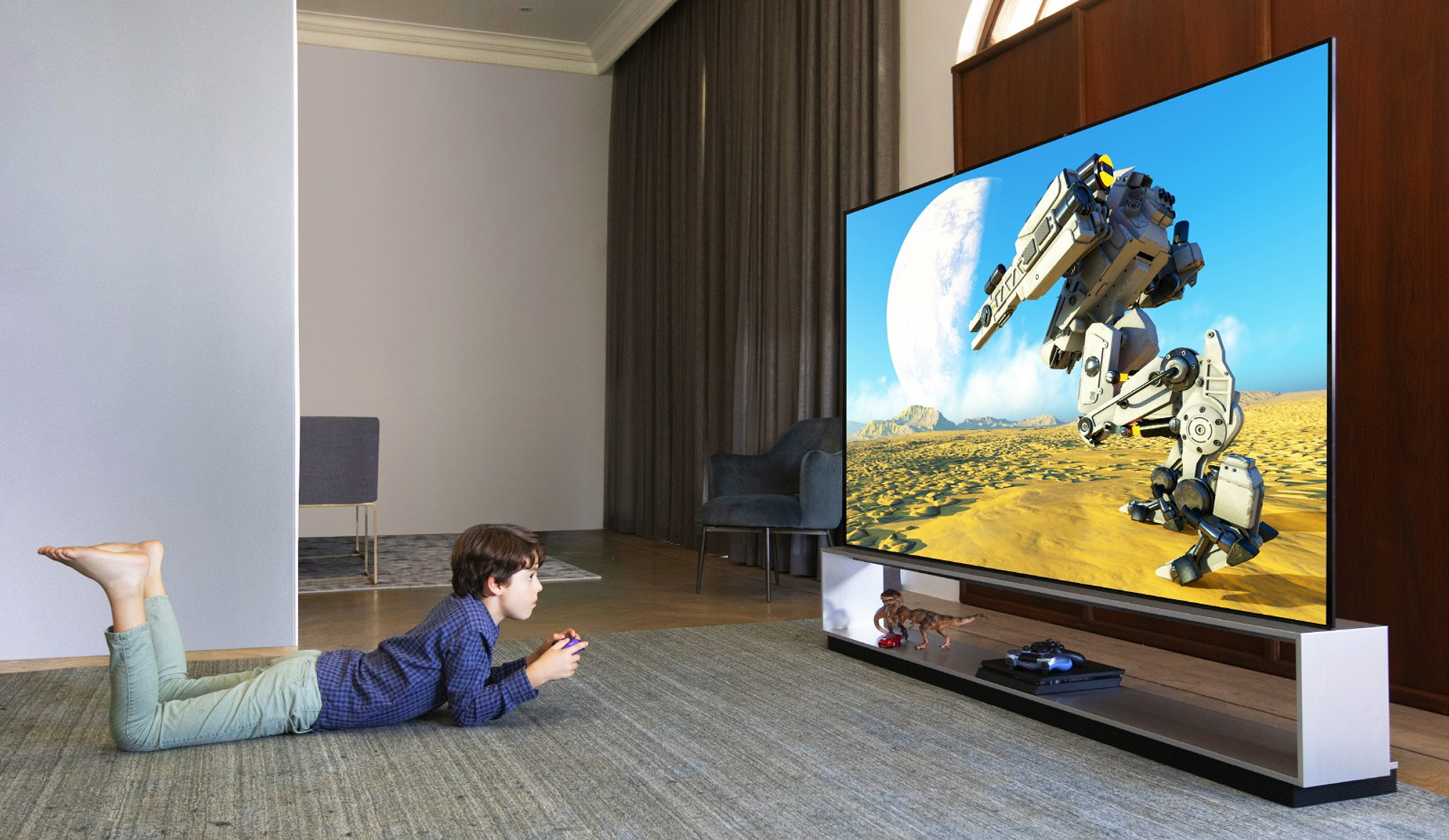
As a result, the biggest difference between 4K and 8K TVs has been screen size, with 4K TVs ranging from 32-75 inches and 8K sets generally ranging from 65 inches up to 110.
Current trends do show this difference disappearing, however. As shoppers continue to buy larger 4K displays, manufacturers have started making 85-inch 4K sets (check out the best 85-inch TVs for our favorites), with more coming this year.
And 65-inch 8K TVs, once limited to a single model from Samsung, have grown to include models from LG in 2020 and maybe another from Sony in the coming months.
But one problem still remains: Most people don't have room for these jumbo TVs in their homes. Living rooms may be able to accommodate 55 and 65-inch TVs, but larger screens start to present some logistical problems due to the sheer size of the screen. Delivery and installation get more complicated, you need to think through where the TV will go, and whether you have enough space to sit a comfortable distance from such a large screen. (Our guide to What size TV should you buy? includes guidelines for minimum viewing distances at various screen sizes.)
Bottom Line: Most 8K TVs are too big for the average home, with 4K models offering a better fit for most living rooms.
The big problem: Where to find 8K content?
8K content was supposed to get a huge boost in 2020, with the Tokyo Olympics slated to have 8K versions of major events. But then came the coronavirus pandemic, messing up those plans (along with pretty much everything else in 2020). The Tokyo Olympic games have been postponed until July 23, 2021, and all reports point to those 8K plans still being on track for the postponed events.
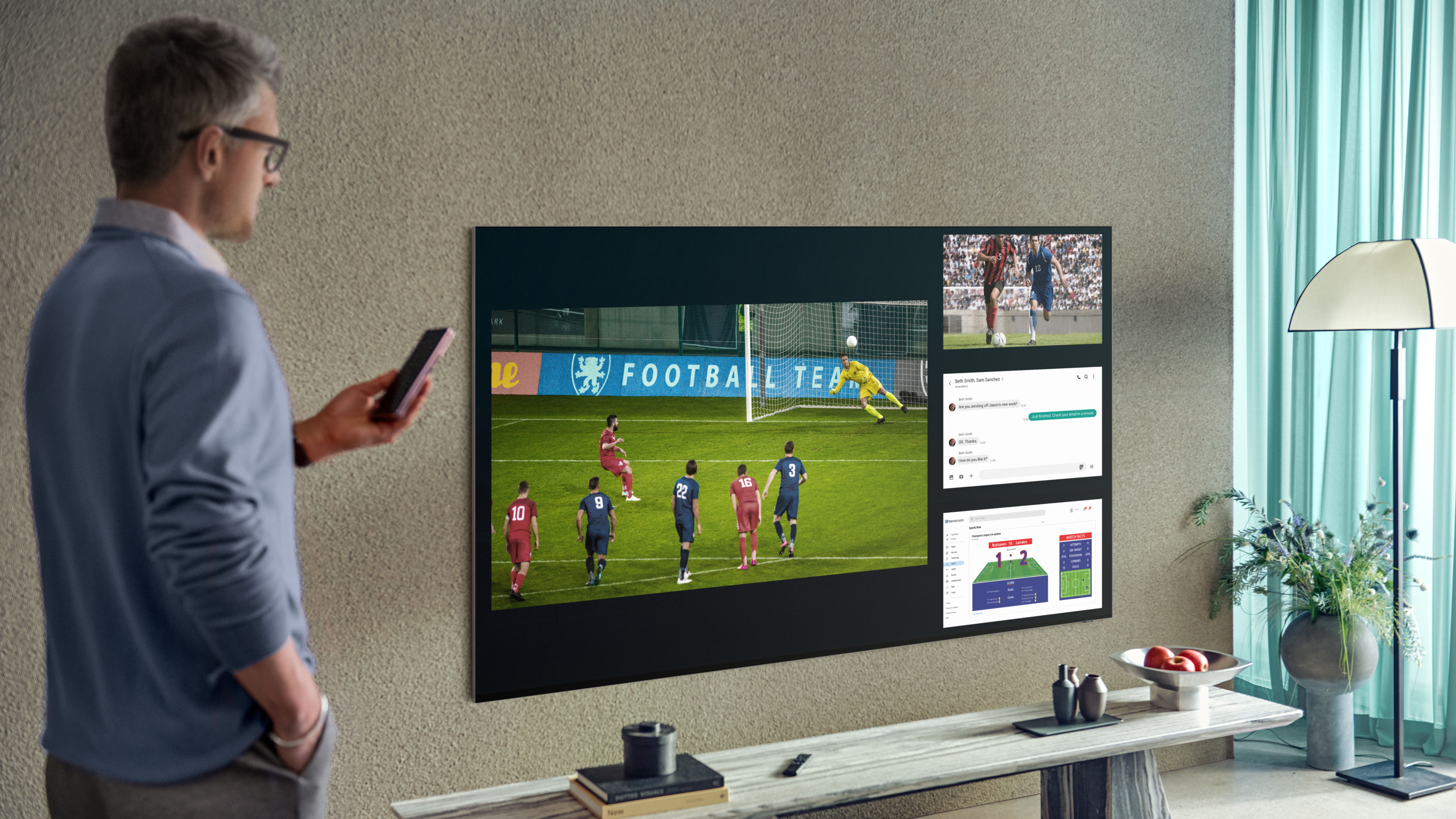
Game consoles were also supposed to support a big step up in 8K demand, with both the PS5 and Xbox Series X promising to support 8K gaming. But the new consoles have arrived — if you can find one — and 8K support is still conspicuously missing. Hopefully we'll see some 8K-ready games coming to market soon, but as of now, the PS5 is still waiting on a software update to unlock 8K capability, and there's no word on when the capability will come to the Xbox Series X.
The only option for 8K gaming at the moment is PC gaming, thanks to the latest Nvidia 30-series graphics cards. While all of the current GPU models theoretically support 8K output, the specifics of that capability will vary widely between the different GPU Models, and the few games that can support 8K resolution still struggle to hit the sort of frame rates that gamers are after. (See our guide Nvidia GeForce RTX 3090 vs 3080 vs 3070 vs 3060: Which GPU should you buy? to learn more.)
What about streaming and other traditional content sources? Well, as of right now, there just isn't much out there. You can find some 8K video through YouTube and a handful of other online sources, but there is no real outlet for 8K content yet, and no movie or show releases that utilize the higher resolution.
Until we see either a streaming platform with 8K material or a new 8K-capable version of Blu-ray (or whatever 8K format might replace it), there's just no mainstream content in 8K, and very little niche content, as well.
Bottom line: There's no 8K content, aside from a few niche videos and games.
What 8K TVs are available? Samsung, LG and more
When it comes to 8K TVs, the biggest brands are really the only players, with LG, Samsung and Sony offering the only 8K models on the market now. While there are some 8K models slated for 2021 from companies like TCL, and Hisense is introducing its first 8K model to non-U.S. markets, the top three brands remain the major players in the 8K space.
While the new 2021 models are being announced by LG, Samsung and Sony in the coming weeks, all of the 8K TVs currently on the market are the 2020 models launched last spring. We'll update this list with new information as the 2021 models become available.
LG 8K TVs
LG's ultimate OLED is the LG Signature ZX 8K OLED TV. Not only is it the only 8K OLED on the market, it also packs in a more powerful 8K variant of the Alpha 9 Gen 3 processor for more advanced upscaling.
| Model number | Screen size | Price |
| OLED77ZXPUA | 77-inch | $19,999 |
| OLED88ZXPUA | 88-inch | $29,999 |
The big, beautiful display features a stylish built-in stand that includes an integrated sound bar for superb audio quality, and removes the need for wall mounting or dedicated furniture to put the large TV on.
Not nearly as premium are LG's 8K NanoCell TVs, which use LCD panels with NanoCell color filtering. The high-end LG NanoCell 99 Series boasts an 8K picture, with a large 65 or 75-inch LCD screen. LG has improved the backlight with what it calls Full Array Dimming Pro technology that tightens dimming zone control for deeper blacks and sharper contrast.
| Model number | Screen size | Price |
| 65NANO99UNA | 65-inch | $2,799 |
| 75NANO99UNA | 75-inch | $3,999 |
Samsung 8K TVs
The current range of Samsung 8K QLED models is still the largest around.
While it's a little crazy to think of any 8K TVs being "mainstream" at this point, Samsung pushed hard in 2020 to clearly position the 8K QLED sets as the new premium flagship models for the brand, and offer the sets at sizes and prices that are far more approachable than any other manufacturer has yet offered.
The Samsung Q800T 8K QLED TV is the more affordable option of Samsung's 8K models. With sizes ranging from 65 inches up to 82 inches, it offers a range of screen sizes and pricing that makes it the most approachable 8K TVs we've seen since Samsung kicked off the 8K category a couple years back.
| Model number | Screen size | Price |
| QN65Q800TAFXZA | 65 inches | $3,199 |
| QN75Q800TAFXZA | 75 inches | $4,499 |
| QN82Q800TAFXZA | 82 inches | $5,999 |
And pretty much every feature offered on Samsung's 8K sets is available on the Q800T, from the high-powered Quantum Processor 2.0 8K with Deep Learning Super Resolution upscaling to a full array, local dimming (FALD) backlight and Samsung's Object Tracking Sound Plus.
Making up the middle option in Samsung's premium QLED sets is the Q900TS, which boasts all of the features seen on the less-expensive Q800T, but adds Samsung's impressive, nearly bezel-free Infinity Screen, more local dimming zones and better HDR support.
Starting at $5,499 for the 65-inch model, the Q900TS is notably more expensive than an premium 4K set you could buy in the same size, but it's still relatively affordable among 8K TVs.
| Model number | Screen size | Price |
| QN65Q900TSFXZA | 65 inches | $3,499 |
| QN75Q900TSFXZA | 75 inches | $4,499 |
| QN85Q900TSFXZA | 85 inches | $7,499 |
If money is truly no object, then you might be interested in the 98-inch Q900 Series LED 8K UHD Smart Tizen TV, one of the 2019 8K models still sold by Samsung. It's not as up to date on features as the current models, but the screen size is the biggest of the 8K Samsung models — it's also the most expensive, selling for $59,999.
Sony 8K TVs
The Sony Z8H 8K TV boasts sharp picture quality with its 8K LCD screen, and comes in 75- and 85-inch sizes. Sony touts the Z8H's powerful contrast and better-than-average black levels, as well as immersive sound. Similar to the 8K offerings from Samsung and LG, Sony’s Z8H uses a full-array LED panel with local dimming.
| Model number | Screen size | Price |
| XBR-75Z8H | 75 inches | $4,499 |
| XBR-85Z8H | 85 inches | $8,999 |
Sony’s new Acoustic Multi-Audio feature turns the Z8H’s entire frame into a tweeter. By vibrating the set’s frame, sound stays in sync with the picture and seems to jump directly out of the display.
Z8H owners will benefit from a new backlit remote, too. And if they’d prefer to control the set with their voice, the Z8H’s built-in, far-field mics are Google Assistant-enabled. Just talk to the screen to search for entertainment or control your smart home devices.
If you want to go even larger, Sony is also offering the 98-inch Z9G Master Series 8K TV. A 2019 model that Sany hasn't updated, the giant Z9G is the largest 8K TV Sony offers. It's another LCD-based set with LED backlighting and uses Android smart TV software, but for that largest size 8K set, you'll pay $59,999.
Are 8k TVs worth it?
After looking at the best and most affordable 8K TVs on the market, the question remains, are 8K TVs worth it? We would have to say no. The biggest problem continues to be the lack of 8K content, but the larger screen sizes, higher prices and lack of other benefits mean that 8K sets are just not ready for the mainstream.
The best reason to get an 8K TV right now is still bragging rights more than anything else. Without higher-resolution content to play on your 8K TV, the best you can do is enjoy upscaled 4K movies and shows, and that's not enough of a reason to spend the hundreds or thousands of dollars extra for an 8K set.
Bottom line: There's not a good reason to buy an 8K TV yet. That may change as new developments in streaming and content arrive, but for now, we recommend sticking to 4K TVs.
Brian Westover is currently Lead Analyst, PCs and Hardware at PCMag. Until recently, however, he was Senior Editor at Tom's Guide, where he led the site's TV coverage for several years, reviewing scores of sets and writing about everything from 8K to HDR to HDMI 2.1. He also put his computing knowledge to good use by reviewing many PCs and Mac devices, and also led our router and home networking coverage. Prior to joining Tom's Guide, he wrote for TopTenReviews and PCMag.

